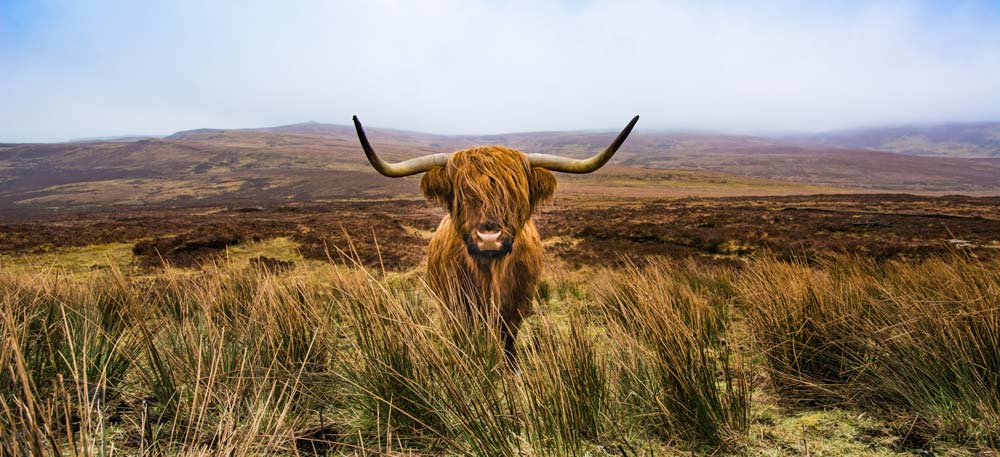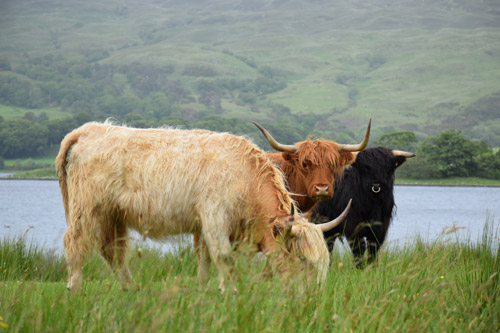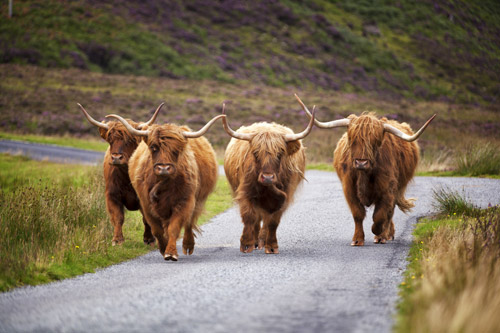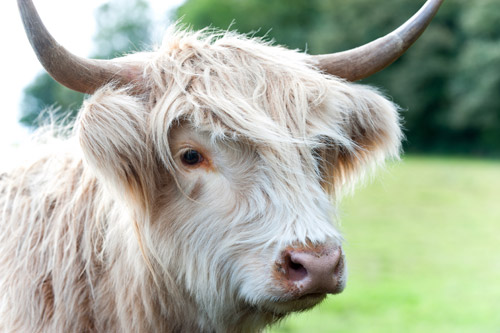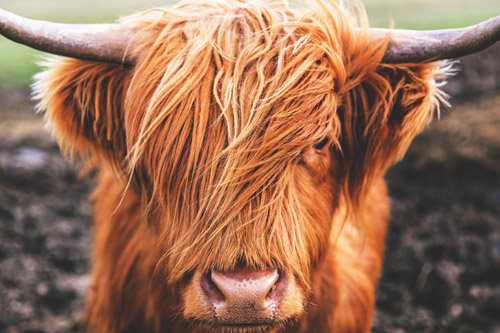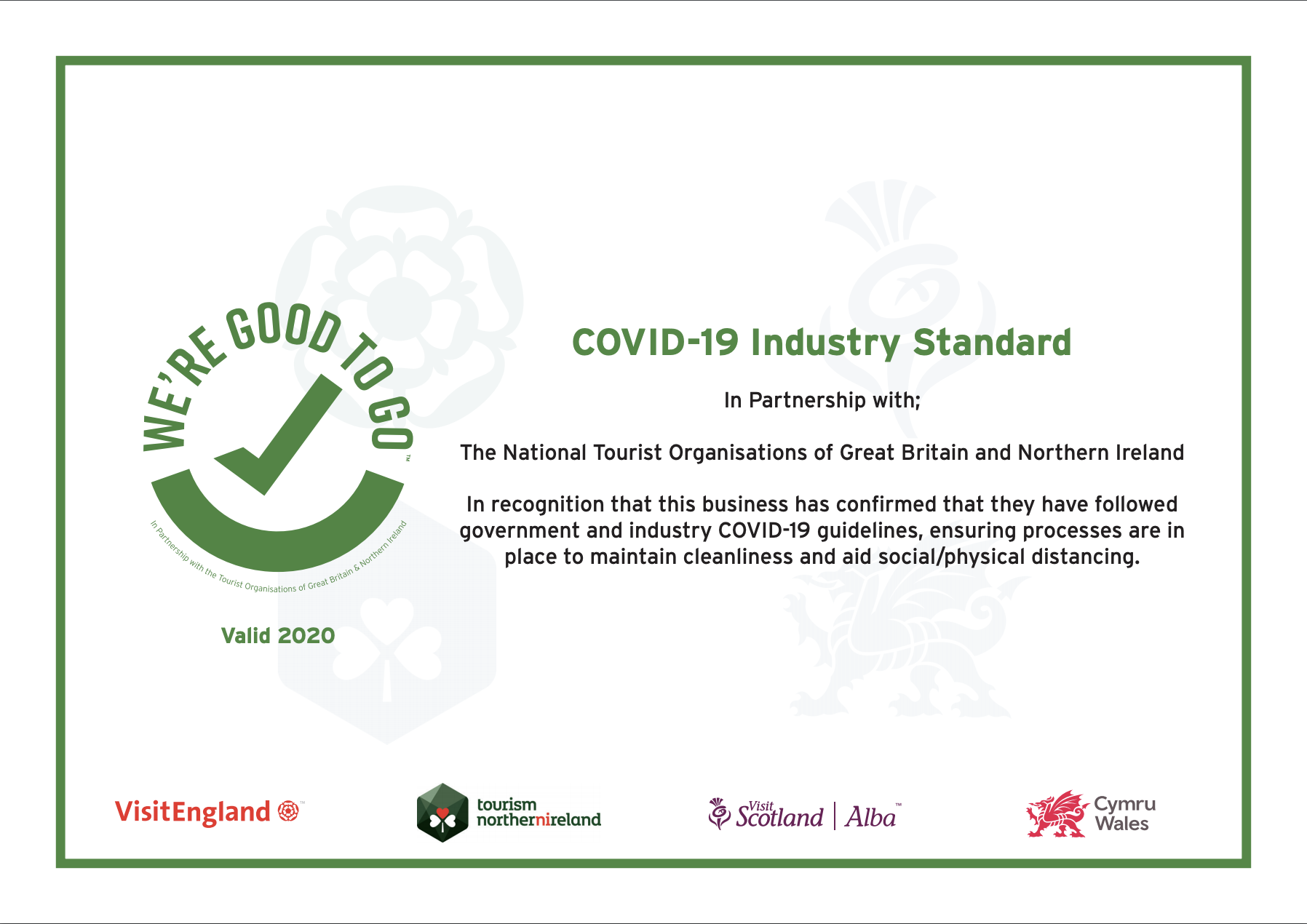Highland Cow Q&A
Here on Islay, we are no strangers to the Highland cow, a distinctive type of cattle that originated in Scotland. This hairy, horned beast can often be spotted grazing our rugged landscapes, whatever the weather. They’re a hardy breed, and they thrive where others would struggle. But they are friendly too, and popular with tourists.
The Highland cow has become an icon of Scotland, but how much do you know about these long-haired creatures of the Highlands? Today we answer some of the most-asked questions about Highland cows.
Where do Highland cows live?
Well, of course they come from the Scottish Highlands. The breed originated not far from Islay, in the Western Isles of Scotland. And it is the oldest breed of cattle in the world, first registered in 1885. But today, you’ll find them all over Scotland and other parts of the world too. Places such as America, Canada, Australia, Germany, Belgium and Switzerland, to name a few.
How big is a Highland cow?
Highland cattle are smaller than other breeds of cow you may be familiar with, such as Friesians or Jerseys. Female Highland cows weigh around 500 kg and males about 800 kg.
Can you milk a Highland cow?
Yes, you can milk a female Highland cow, although you wouldn’t get the same large quantities of milk you’d get from a dairy cow. Highland cows have smaller teats and their milk has a higher content of butterfat.
Are Highland cows dangerous?
No, Highland cows are not thought to be dangerous. They generally have a gentle, friendly nature. As with all large animals though, do take care not to spook them. And, be extra careful around mothers with calves, are they are very protective of their young.
Why are Highland cows so hairy?
The Highland cow’s shaggy coat helps it survive the cold Scottish winter. Their undercoats keep them warm, while their longer guard hairs protect them from the rain and snow. During the summer they shed most of this hair, to prevent them from overheating. They also have long eyelashes and a long fringe which defends their eyes against the elements and stops insects from getting in.
Do female Highland cows have horns?
Yes, but the horns of males and females do differ slightly. The male’s horns are shorter, thicker and only curve upwards a little. While the female’s horns are longer, thinner and curve upwards more.
So now you know a little more about the Scottish Highland cow (Heilan coo in Scots). Look out for them on your next visit to Islay. And if you’re already planning your next trip, take a look at our special accommodation offers today.
Get in touch >





